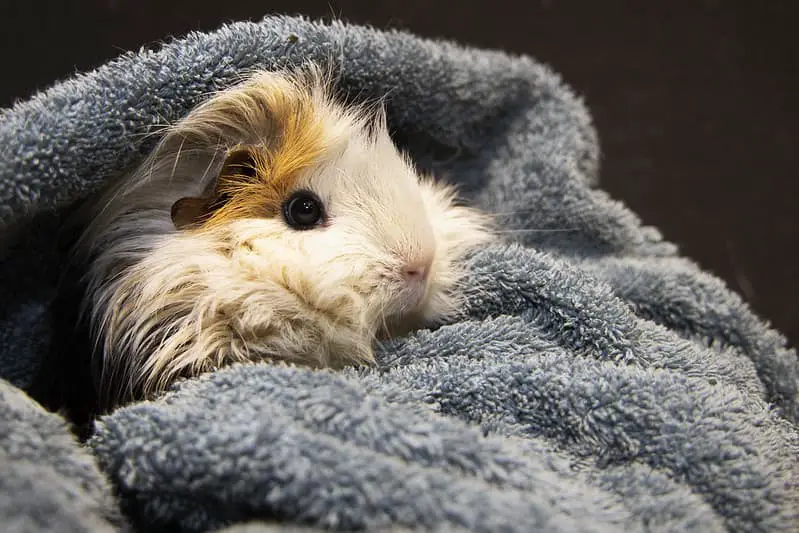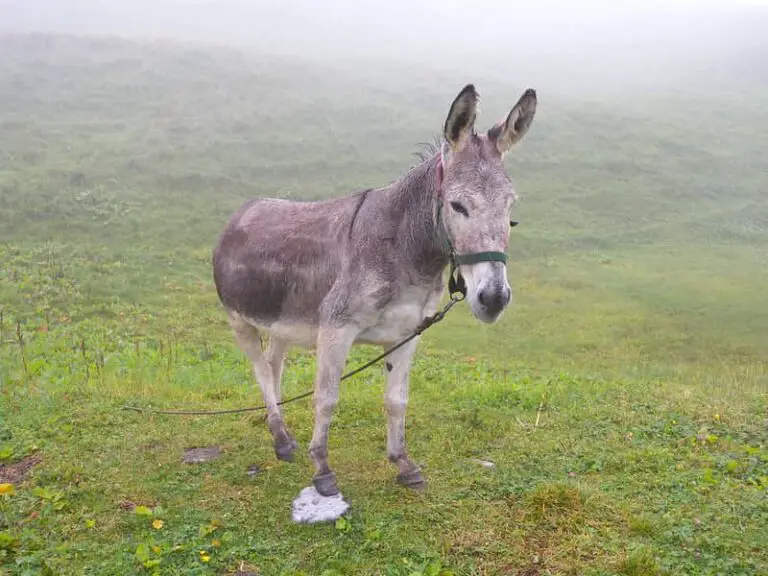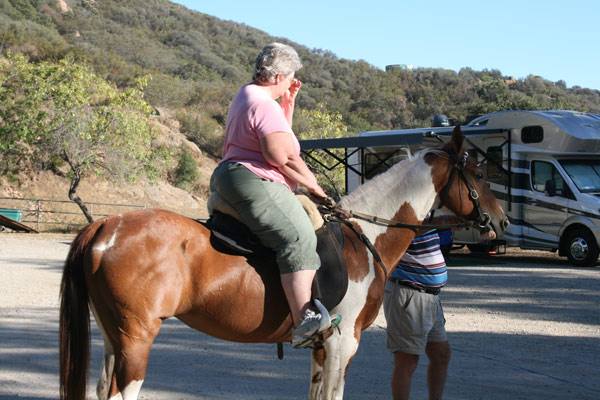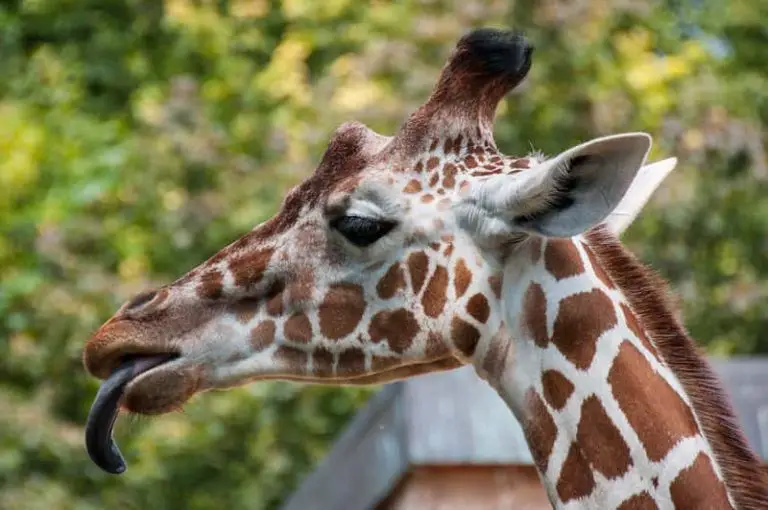Don’t Put a Night Light for Your Guinea Pigs, This is the Reason

If you have a guinea pig or you are thinking of acquiring one you might be wondering if they need any lights at night, I will try to be direct, in fact, the answer is already implicit in the title of the topic, don’t use a night light for your guinea pig.
You must keep in mind that if the guinea pigs are living inside your house in a cage, they will not have the opportunity to visualize when it is day or night, for them day and night is according to when you turn on or off the artificial light. And guinea pigs need the night.
You should try to leave as little light as possible when they go to sleep, because guinea pigs in their natural habitat sleep during the day and come out at night, or rather at sunset, because they feel safer.
So you will notice in the evening when the sun goes down on the guinea pigs most of the time when they are awake, but in order for them to feel safe and do their life they need little light.
So don’t leave lights on near them, if you leave lights on, for them it’s like all day long and that could keep them in constant stress, the guinea pigs relax during low sun.
Why shouldn’t you leave lights on at night near the guinea pig?
The guinea pig in nature is not a day animal, nor is it nocturnal. The guinea pig is a twilight animal, but what is a twilight animal and why is it important to understand this in order to know the influence of light on a guinea pig?
There are four main types of animal activity patterns: nocturnal, diurnal, cathemeral (their activity patterns are not adjusted to a particular time of day; they are both nocturnal and diurnal) and twilight.
Most of us are familiar with two of the terms for periods of activity in plants and animals: night and day.
Nocturnal animals, such as bats, are active at night and daytime animals, such as humans, are active during the day. There are also the animals that are active during the day and night, and finally, there are the twilight animals, which is the category where the Guinea pig is found.
Twilight, is a term that defines animals that are active primarily at sunrise and sunset. There is a very intelligent reason for choosing to be active during these dim lights of the day: twilight creatures avoid predators.
Guinea pigs in nature, are mammals with few defensive options, they are not super fast, their body is not eaten by thorns, they cannot secrete any poison, they are the perfect target for any day or night predator.
Many predators are more active in the hours with greater peak of light and darkness, reason why the animals like the guinea pigs that are a species of prey for innumerable carnivores, are active during the hours of penumbra when the predators already are tired of a night of hunting, or simply are waking up.
Also, due to their tiny size, it is difficult to see the guinea pigs during these hours, a fact that gives the prey species an additional advantage to hide or escape from predators.
That is why guinea pigs in nature avoid light both day and night, as a defensive strategy, and it is for this reason that if you keep it on all night with a light on, the guinea pig can become confused and be in constant stress believing that it is in a “vulnerable” situation.
The light could be an intimidating factor for the guinea pig
Guinea pigs are naturally shy, and if they spend most of their time trying to hide in their shelters, this means they are nervous or scared.
They’re not really sleeping, but it’s just to avoid human interaction that they might naturally mistake for predators. In time he will become more comfortable with people and will venture out during the day.
That said, there are many pet owners who attest that their guinea pigs are more active at night or the same at sunset, the guinea pig could also interpret the dim light of a house as a twilight.
Guinea pigs can do things in the dark
If your concern is that the guinea pig cannot find its way around in the dark, don’t worry too much about it, a guinea pig can do activities in the dark, such as eating.
Guinea pigs have special senses with which they adapt wonderfully to their environment. This also includes life in the dark: especially eating.
For this time of day, the guinea pigs are equipped with senses that help them find their way in the dark, to eat and communicate with their fellow humans.
Can guinea pigs eat in the dark? Yes, the guinea pigs also eat in the dark. This doesn’t mean that they can see in the dark, this is due to their whiskers, they can orient themselves very well in space.
In the dark, the rodents can use their whiskers to orientate themselves. These whiskers are arranged around the mouth and nose. They give your guinea pig spatial information by bumping the whiskers against an object. As soon as this happens, your guinea pig will know that there is a barrier there.
Your guinea pig saves all the surroundings that it touches in order to be able to use this information again in the dark.
In addition, by touching the whiskers, your piglet will immediately find out whether it would fit through this gap or the hole. It needs this information in order not to get stuck in a narrow place.
These whiskers are important for your guinea pig for its own orientation. Therefore these must not be cut off under any circumstances.
Guinea pigs eat in the dark and you don’t have to turn the lights on for them as they are well equipped for orientation in the dark.
The vision of the guinea pig and the perception of light
Like many other small mammals, the guinea pig does not have a very sharp vision that allows it to accurately define day and night. Rather, it can perfectly distinguish changes in light and can be highly sensitive to light.
Sight in rodents is the least developed sense, so they don’t care if it’s nighttime for their activities. They do not distinguish many colors and only see blurred shapes and appreciate movements.
In fact, the guinea pig does not have a developed sense of depth.
It has dichromatic vision, that is, two types of cones (humans have three types). This allows it to perceive only violet, blue and slightly greenish tones (wavelengths between 429 nm and 529 nm).







